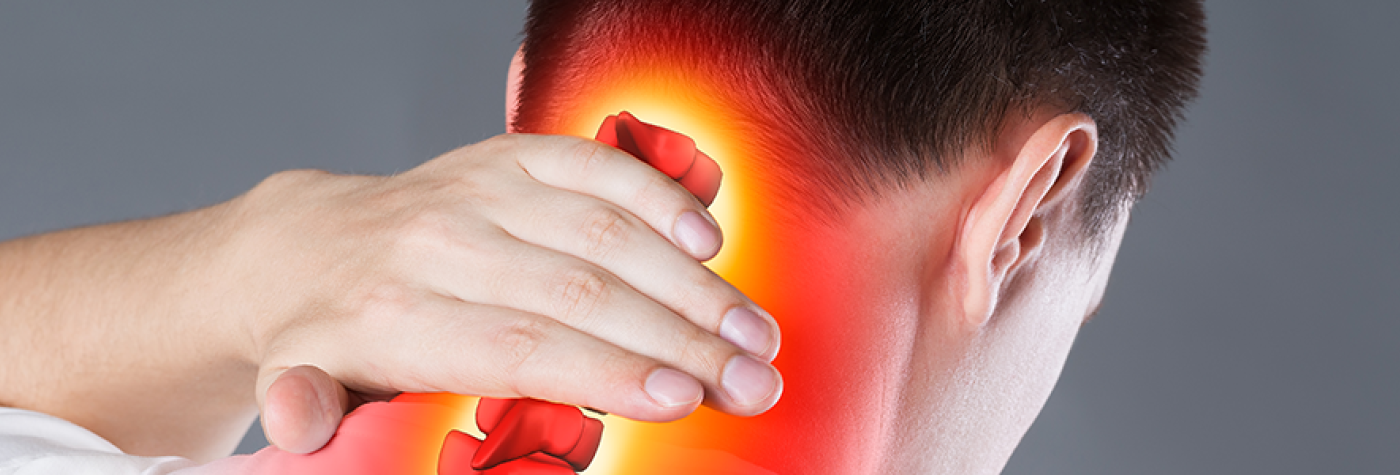Cervicogenic headaches
Cervicogenic headaches are caused by the painful input from the cervical spine — the upper portion of the spine column. When this occurs, arthritis within the bones of the spinal column refers pain to the head, which causes headaches.
Types of headaches
There are several types of cervicogenic headaches, and several procedures can help control these types of headaches.
Cervical medial branch blocks followed by cervical medial branch neurotomy are known to reduce cervicogenic headaches.
During this treatment, patients undergo cervical facet medial branch blocks that place a short-acting numbing agent, known as local anesthetic, on the nerves that carry the pain signal from the cervical spinal column. If the delivery of the numbing medicine reduces the patient’s pain appropriately, he or she is scheduled to return for a cervical medial branch radiofrequency ablation.
Cervicogenic headaches can also be related to myofascial pain syndrome. Myofascial pain typically occurs due to stress, injury and strain on a particular muscle group, tendon or ligament.
Trigger point injections, with or without Botox, can also be used to treat myofascial pain that can lead to cervicogenic headaches. Injections into the trigger points (taut and painful areas in muscles) located in and around the head and neck can reduce muscle pain and spasm. This often helps to relieve myofascial pain and the associated headaches.
Headaches can also originate due to occipital neuralgia. Occipital neuralgia occurs due to irritation or injury to the greater and lesser occipital nerves located on the back of the head and neck. Pain typically begins in the back of the head and can extend to the scalp and forehead, as well as around and behind the eyes. Treatment includes medications or injections.
Injections target theses nerves with the goal of reducing the frequency, duration and severity of patient headaches.
For additional information and current research being conducted by the National Institutes of Health on Cervicogenic headaches, visit https://www.ninds.nih.gov/Disorders/All-Disorders/Occipital-Neuralgia-Information-Page.


